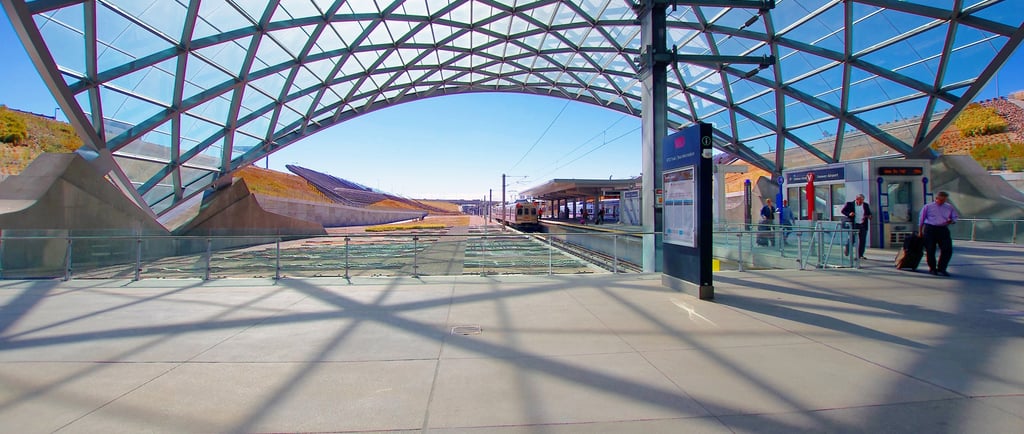The Vital Role of Structural Engineering in Innovative Architectural Designs
8/7/20252 min read


Introduction to Structural Engineering and Architecture
Structural engineering is a crucial discipline within the larger field of civil engineering that focuses on the design and analysis of structures. The role of structural engineers in the field of architecture is vital as they ensure that buildings and other structures are safe, stable, and able to withstand various loads. Architectural designs often find inspiration in creative and innovative ideas, which can sometimes challenge the traditional limits of engineering. Hence, understanding the synergistic relationship between structural engineering and architectural designs is essential for creating masterpieces that are both functional and aesthetically pleasing.
The Interplay between Structural Integrity and Design Creativity
Creative architectural designs often push the boundaries of conventional architecture. To achieve structural integrity while embracing bold and imaginative designs, structural engineers must apply their expertise in various materials and engineering techniques. For instance, the use of cantilevers, arches, and tensile structures can transform the way a building looks and functions. These features allow architects to create expansive open spaces, dramatic forms, and complex geometries that captivate the imagination.
The collaboration between architects and structural engineers often leads to innovative solutions that would otherwise be impossible. This interplay allows designers to experiment with unconventional methods while ensuring that safety and stability are not compromised. As a result, modern architecture often sees striking structures that not only embody artistic vision but also stand the test of time.
Case Studies: Iconic Structures Shaped by Structural Engineering
Several iconic buildings worldwide exemplify the successful collaboration between structural engineers and architects. One such example is the Sydney Opera House, designed by Jørn Utzon. The building’s unique sail-like structures were made possible by advanced engineering methods that combined architectural creativity with sound structural principles. The use of pre-cast concrete shells highlighted the capabilities of structural engineering in realizing the architect’s bold vision.
Another notable instance is the Burj Khalifa in Dubai, which is currently the tallest building globally. Its design integrates innovative structural techniques to support immense heights and significant wind loads. The structural system employed for this skyscraper showcases how advanced engineering can enable far-reaching architectural aspirations, setting a precedent for future construction designs.
Conclusion: The Future of Architectural Innovation
The future of architectural innovation hinges on the continued collaboration between structural engineers and architects. As technology advances, new materials and methods will emerge, enabling even more creative designs. The enigmatic relationship between creativity and engineering will undoubtedly shape the skyline of cities around the world. By understanding the significance of structural engineering in the design process, stakeholders can ensure that creative architectural visions become a reality, paving the way for groundbreaking structures that inspire generations to come.


